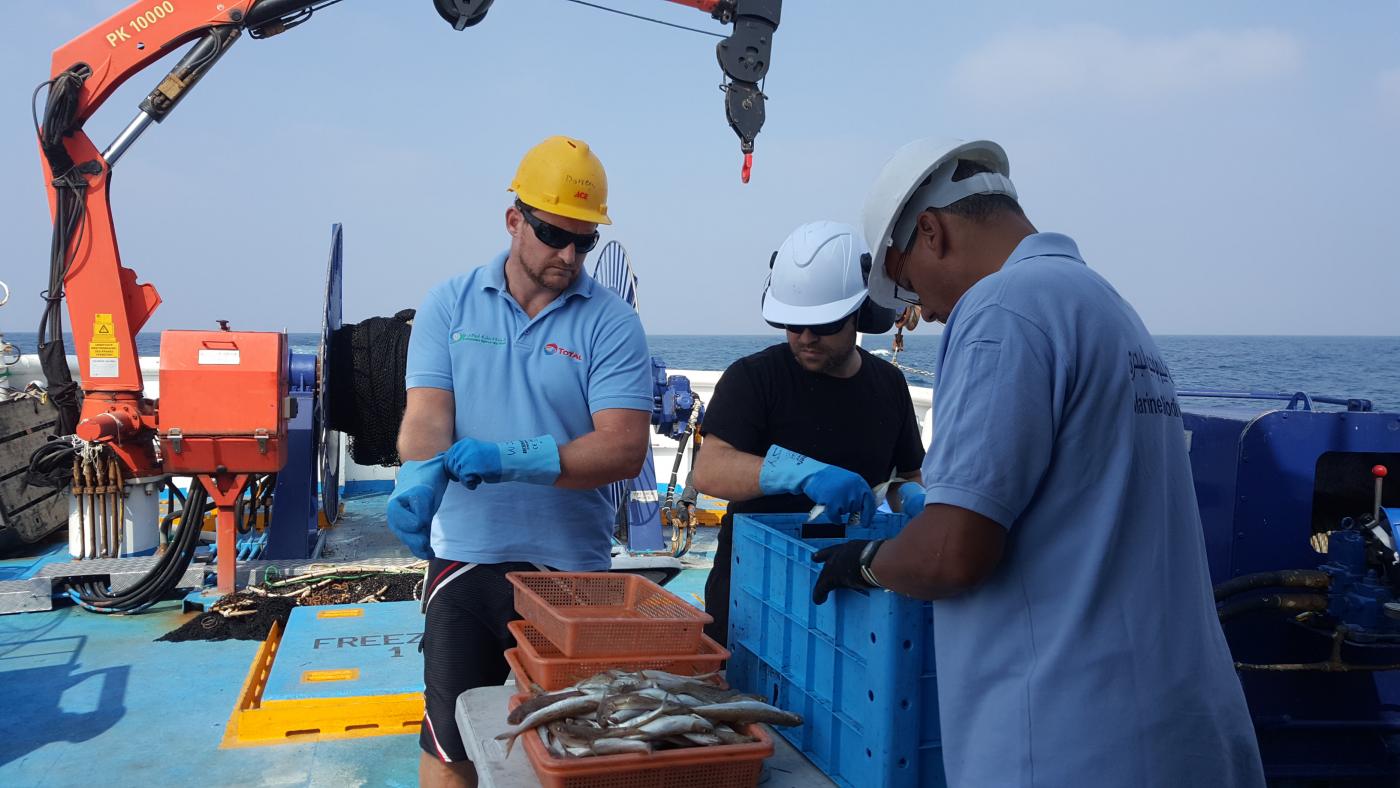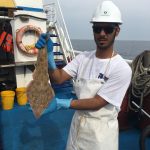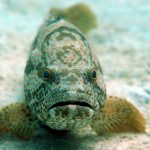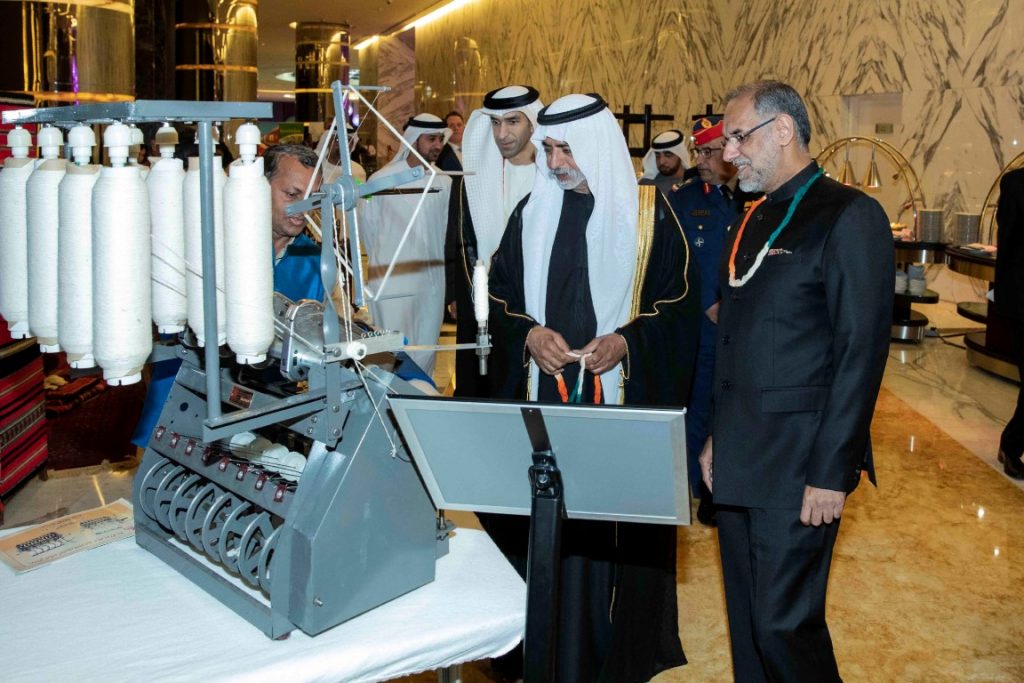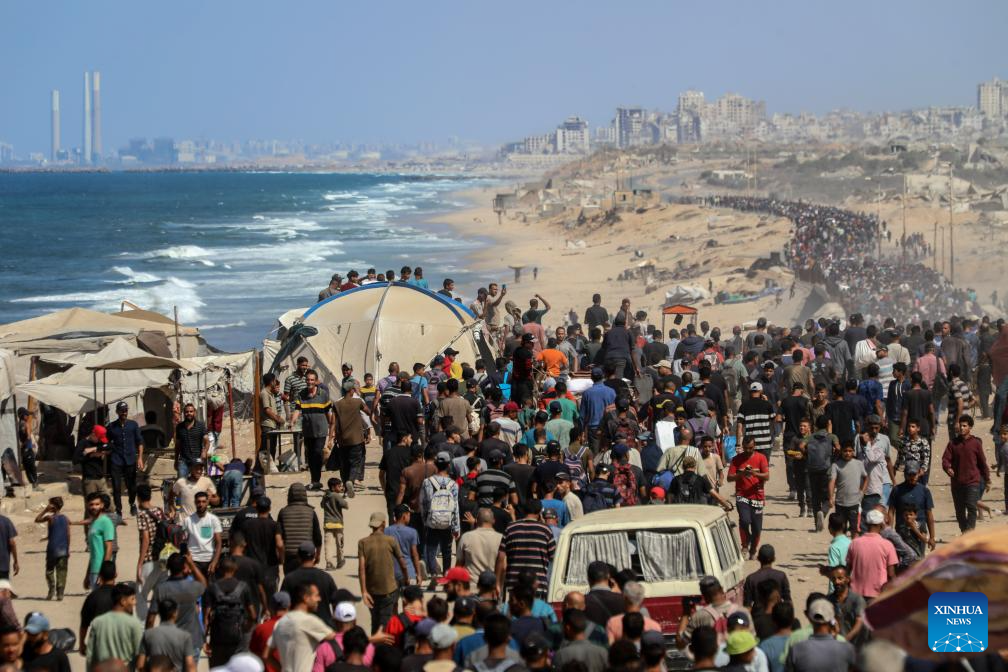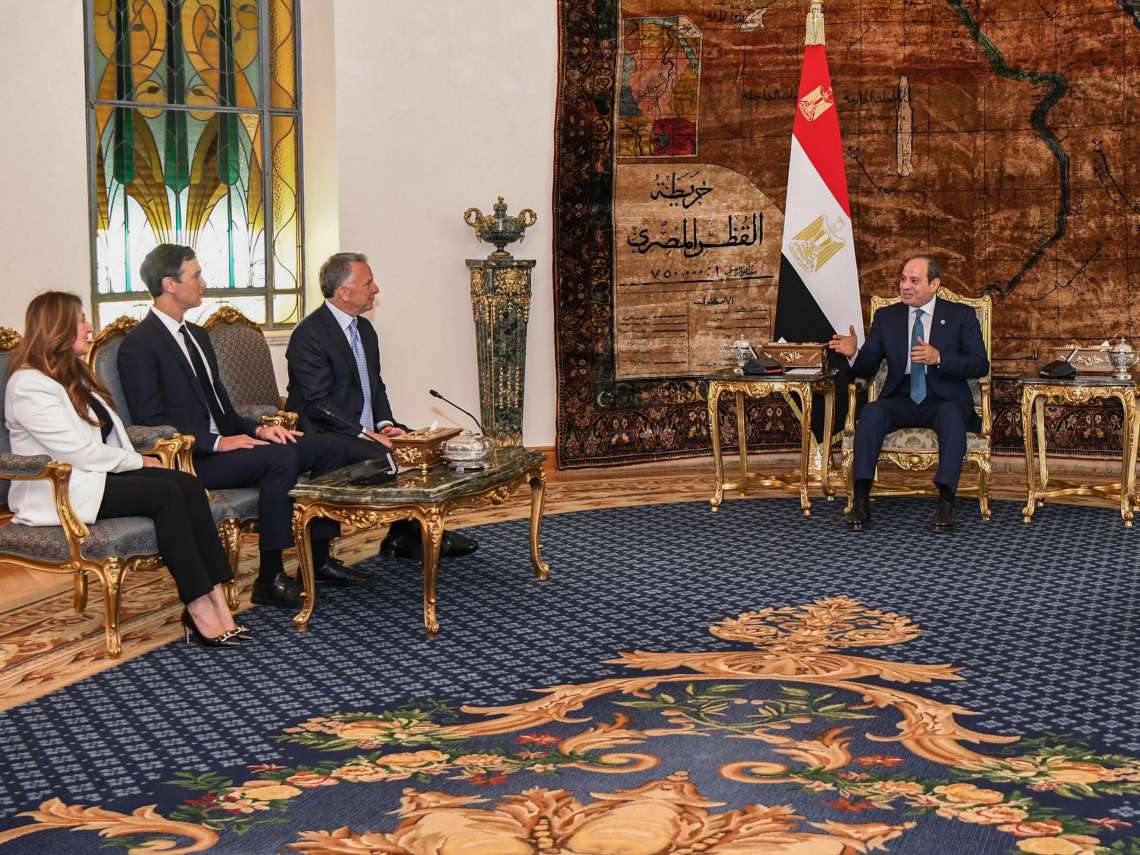EAD completes comprehensive Fisheries Resources Assessment Survey in Arabian Gulf … reports Asian Lite News.

The Environment Agency – Abu Dhabi, EAD, has revealed the results of its Fisheries Resources Assessment Survey, which has been completed over the past two years.
The survey was the most comprehensive fisheries survey ever completed in the Arabian Gulf waters of the UAE, spanning 250 days at sea, and including over 2500 survey stations and the gathering of information from more than 200 species of fish, sharks, and rays. The survey results indicate that the UAE demersal (bottom-dwelling) fisheries resources are severely overexploited due to severe fishing pressures and are in need of major recovery.
The survey was conducted in partnership with the National Institute of Water and Atmospheric Research (NIWA), a New Zealand-based organisation made up of fisheries experts. It aimed to assess the abundance and distribution of fish stocks in UAE waters, evaluate the link between protected areas and key commercial species’ stock, and, update status, biological parameters, size and age structures of key commercial fish stocks. At the same time, EAD, with the support of the Ministry of Climate Change and Environment, MoCCAE, also engaged fishermen from other emirates to gauge their views on the state of the fishery.

The survey indicates that mainly due to severe fishing pressures, key species like Hamour (Epinephelus coioides), Shaari (Lethrinus nebulosus) and Farsh (Diagramma pictum) are being fished between three and five times the sustainable limits for those species. According to the survey results, Farsh is severely exploited and has been reduced to 7% of its adult stock size. Hamour and Shaari are also overexploited with stock sizes at 12% and 13% of unexploited levels respectively. 85 percent of fish species stocks are considered overexploited when compared to sustainability standards. For the Hamour, which has a life span of over 20 years, they are only growing to a maximum age of eight years. Even more alarmingly, data collected on Farsh revealed that very few adult fish live over the age of two, despite an expected lifespan of over 30 years in the Arabian Gulf.
In addition to the Fisheries Resources Assessment Survey, EAD with the support of MoCCAE completed a comprehensive socioeconomic and traditional fisheries knowledge survey involving over 300 boat owners, fishing boat crew, and experienced fishers across the UAE. It focused on obtaining an understanding of fishers views on how the fishery had changed over time; fisheries management issues; and fishers’ views on future management.
Dr. Shaikha Salem Al Dhaheri, Acting Secretary-General of EAD, said, “Fisheries form an important component of the cultural heritage of coastal communities, are a source of employment and recreation, and contribute to food security. The results of our surveys are very concerning; they confirm that we all need to be part of the recovery plan for the long-term survival of fisheries. It’s clear that it is time for the sea to recover and we have proposed several urgent and stricter measures which we will be working with our partners and the wider community on, to re-establish a sustainable fishery and ensure that the decline of our fish stocks does not continue.”

Over the past 17 years, EAD and its partners have worked together to implement a number of internationally benchmarked management measures in response to the state of the fisheries. These efforts have included establishing several marine protected areas, introducing and implementing a licensing system for commercial and recreational fisheries, regulating gear use (e.g. limiting Gargoor traps and banning tarads (fishing boats) from using Gargoor in Abu Dhabi Emirate only), implementing seasonal bans to protect fish during their reproductive cycles, declaring minimum size limits for key species, implementing a commercial fishing effort cap, and banning unsustainable fishing techniques.
EAD’s efforts in implementing these measures have achieved some successes (13.4% of the emirate’s marine area is protected), and when comparing the wider results of the 2016 survey with findings from 2002, the results indicate that the mean relative biomass for all species combined remains similar. Whilst the key species are severely overexploited, some species have reaped positive results from EAD’s efforts. Both Badah (Gerres longirostris) and Yemah (Lethrinus borbonicus) are operating at the 40% sustainable level.
“In the immediate term we will urgently work with the commercial, recreational and spearfishing community on recovery plans that reflect the state of our fishery. We will follow up on our proposals to implement regulations such as stricter control on illegal fishing practices and ensuring fishermen continue to fish responsibly. In order to prevent further overexploitation of these species, we will continue intensifying the monitoring of illegal, unreported and unregulated fishing. Only through such actions can we prevent our key fish stocks from further declining,” Al Dhaheri added.
Dr. Al Dhaheri said, “As part of EAD’s recovery plan to address the findings of the survey further, it will commence engagement with commercial and recreational fishers on implementing strict management measures that will support the fisheries recovery.”

